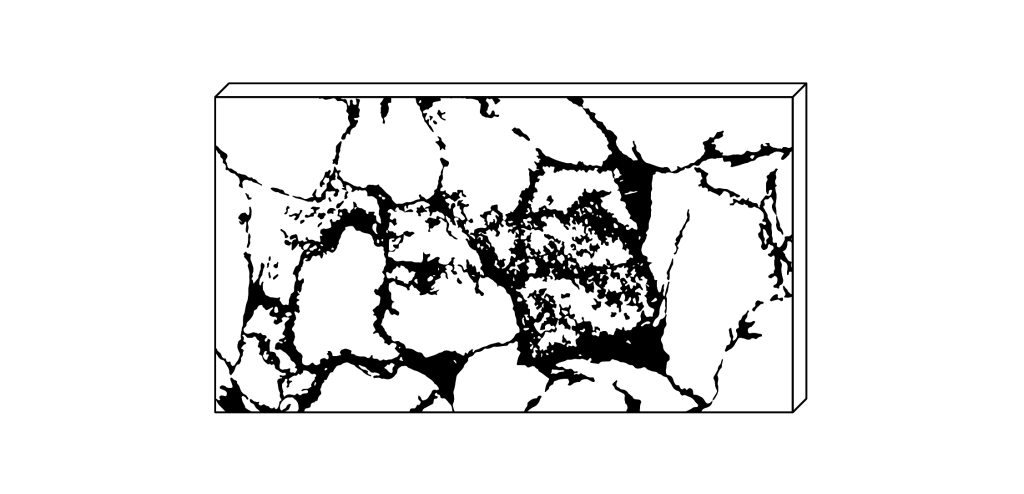Walls

Cork excels in the development of ‘wall’ applications. Not only are there many forms of cork that can be used (from granules, to chunks to veneers), unique manufacturing methods allow for design creativity as broad as a painters’ palette. Inherently, cork provides acoustic insulation, and this benefit can be further highlighted by the manufacturing method employed.

Conglomerated Veneered Tile
Like the way conglomerated cork flooring tiles are made, the conglomerated wall tiles are also made by compression, but with less density, which in turn enables then to be made bigger in size with comparable stability characteristics. Conglomerated bases are often covered with decorative veneers.

Decorative Wall Rolls
Cork Wallpaper can either be made in a similar fashion to the conglomerated tiles mentioned above (but with the base material coming from compressed cork granule cylinders instead of blocks), or a thin veneer can be laminated to another, thinner, wallpaper substrate.

Cork Bark Panels
Raw cork bark segments, that are either left natural or processed in some way, are mounted onto a substrate for consistency and ease of installation. The substrates can be made either of conglomerated cork sheets, or a more stable option which can allow for larger sized panels would use a dimensionally stable plywood as the base layer.

Molded 3D Tiles
Molded cork tiles take cork granules, which are mixed with an adhesive like in the conglomerated tile manufacturing effort, but instead of being pressed into a block, they are compressed into a pre-designed molded cavity/shape. After the compression is complete in mold system, the tile is released and ready for use (ie: no additional processing is needed before use). Molding also allows for the addition of pigments for colored shapes.

